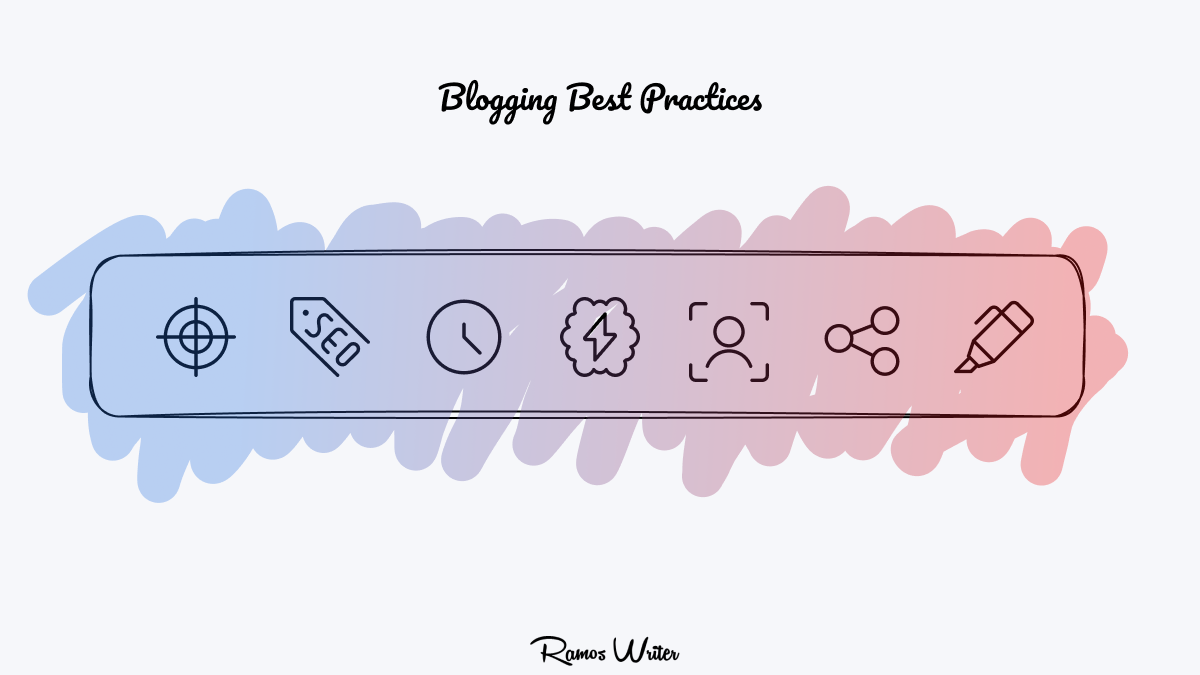Blogging for business: How often is too often (or not enough)?
Here's why less is more when it comes to content.

How much writing does your business need to be successful online? Is a few times a month enough? Should you push your team to publish daily? Or even multiple times a day?
By the time you're reading this article, you've likely already encountered a handful of opinions and examples. I'd also bet they gave conflicting advice, which is why you're still looking for a concrete answer you can act on.
I want to give you exactly that.
Of course, the specifics of this plan depend on your exact business type and goals. The rest of this article will dive into those nuances while giving you an action plan to start today.
Is blogging frequency a ranking factor?
The short answer is no. How often you blog for business will not directly impact how well any individual article ranks in search.
That being said, things like content freshness and topical authority do play a role in ranking, and a steady publishing cadence can positively influence these elements.
What do other experts recommend?
After a quick meta-analysis of what other SEO and content marketing professionals recommend, it became clear that less is more.
Approximately half of the leaders in the space recommend a slower pacing that emphasizes depth and quality.
CMI’s study of B2B organizations found that almost half of B2B content marketers are creating less content than they did a year ago and driving better results from it.
— Kim Moutsos, VP, Editorial at Content Marketing Institute
7 factors that influence how often you should blog
We tend to use the word “blog” as a catchall for collections of digital text. In reality, a blog can take on a variety of shapes while serving an ever-growing number of purposes.
This matters because what your blog tries to do will significantly impact how often it should do it. Here are a few factors I always consider when consulting on blogging projects.
- Growth goals — If your company is on a hyper-growth trajectory, you'll likely want to pursue a very aggressive publishing schedule.
- Type of blog — Not all blogs are educational. They can focus on recruitment, thought leadership, product updates, or case studies. A daily cadence for case studies is likely too demanding, while a monthly update blog might be too slow.
- Age of blog — For established blogs, you'll want to split your time between pushing out new content and updating older posts. For new blogs, an early sprint of content can help gain traction, but is not necessary.
- Type of content — Educational content can be 500 or 5,000 words long. This drastically changes how much content can be published weekly and monthly.
- Team size — Reaching a weekly cadence with a single full-time writer or a few freelancers is doable. A daily rhythm usually requires a team of at least 5-10 people for straightforward content and many multiples of that for complex topics.
- Budget — Similar to team size, how much you can spend will guide your blogging frequency. It's important to remember that higher quantities require more management, which can significantly increase overall costs.
- Topic — Some subjects are inherently easier to research and write than others. Furthermore, Google holds certain categories (YMYL) to a higher standard requiring a much more time-intensive process.
If you want speed, simplify. Choose a simple, replicable format for your posts. Focus on topics that can be covered well without extensive research. And put the right people in place to manage the content machine.
Pros and cons of daily, weekly, and monthly blogging
As I mentioned above, for 80% of the business owners reading this article — weekly blogging will be the best starting point for your business. Here are a few points to help illustrate this, along with alternative options.
Daily blogging
Pros
- A large volume of assets makes it easier for customers to find and learn about your brand
- Can quickly increase SEO rankings
Cons
- Expensive to implement
- Requires large team/budget to execute (writers, editors, manager)
- Potential burnout
- The strategy can fall apart if not well managed, as can the quality of published content

Weekly blogging
Pros
- Able to focus on quality
- Achievable for a small team or solo operator
- Low cost to implement
- Steady SEO growth
Cons
- Slower results due to less volume
- Still requires a clear strategy to execute well
Monthly blogging
Pros
- Easy for any person on the team to achieve
- Little to no cost to execute
- Can make each post a significant event for your audience or industry
Cons
- Minimal and/or delayed SEO benefit
- The audience will have higher expectations for each post
- Less frequency means it’s easier to forget or deprioritize content efforts
For founders and business owners, a weekly cadence forces you to habitually clarify your thinking and invite your customers into that process. The faster or slower that cadence becomes, the more distance that’s created between you, what’s published, and who’s reading.
Want help with your business blog?
Chances are your plate is more than full enough already without trying to fit a suite of blogging duties into your schedule.
I offer a content subscription to fix that: weekly articles published on your blog on autopilot by an industry expert.
If you’d like to learn more, visit Content Class.

